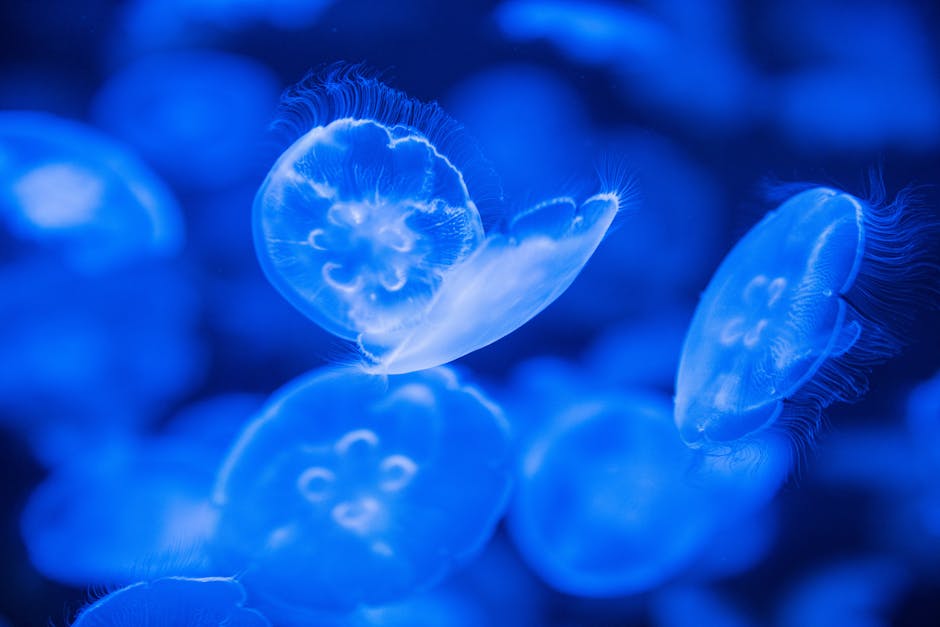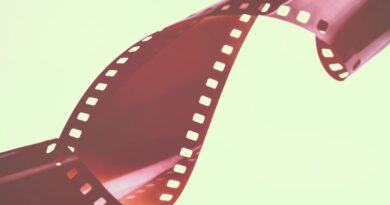Color Theory in Cinematography: A Deep Dive
Have you ever watched a movie and felt a rush of emotions just from the colors on the screen? Color is more than just a visual element; it’s a powerful storytelling tool. In cinematography, understanding color theory can change the way we feel about a film. Lets explore how colors shape our viewing experience and enhance storytelling.
What Is Color Theory in Cinematography?

Color theory is the study of how colors interact and the feelings they evoke. In cinematography, it helps filmmakers choose the right colors for their scenes. Think of it this way: a bright, sunny yellow might create happiness, while dark, moody blues could evoke sadness. Each color has its own personality.
Why Does Color Matter in Film?

Colors can set the mood, highlight emotions, and even foreshadow events. For example, in horror films, filmmakers often use dark colors to create tension. On the other hand, romantic comedies might feature warm colors to bring out joy. Understanding this can help us appreciate why certain films make us feel a certain way.
How Do Colors Affect Emotions?

Colors have a deep psychological impact. Heres a simple breakdown of common colors and their feelings:
- Red: Passion, anger, love
- Blue: Calm, sadness, trust
- Green: Nature, growth, envy
- Yellow: Happiness, energy, caution
- Purple: Royalty, mystery, spirituality
Filmmakers use these associations to guide our feelings. For instance, in the movie “The Sixth Sense,” the color red appears in crucial scenes, hinting at danger and revealing important plot points. This clever use of color builds suspense and drives the story.
How Do Filmmakers Use Color Schemes?

Filmmakers often choose specific color schemes to maintain a consistent look throughout a film. There are a few popular schemes:
- Monochromatic: Variations of one color create a cohesive look.
- Complementary: Colors opposite each other on the color wheel enhance each other.
- Analogous: Colors next to each other on the wheel provide harmony.
Take Mad Max: Fury Road, for example. The filmmakers used a complementary color scheme with contrasting orange and blue. This not only makes the visuals pop but also highlights the intense action scenes.
What Are Color Grading and Color Correction?
Color grading and color correction are essential steps in post-production. While color correction fixes any color issues in the footage, color grading adds style. This is where filmmakers can really express their vision.
For instance, in The Matrix, the green tint adds a digital feel, making the audience feel like they’re in a computer-generated world. This choice enhances the story and immerses viewers in the films unique environment.
How to Analyze Color in Films
Next time you watch a movie, pay attention to the colors. Ask yourself:
- What colors dominate the scenes?
- How do these colors make you feel?
- What mood does the color scheme create?
These questions can help you see the deeper meaning behind the visuals. It turns a regular movie night into an engaging film analysis experience.
What Common Misconceptions Exist About Color in Film?
Many people think color is just an afterthought in filmmaking. However, it’s a crucial part of the storytelling process. Another myth is that all filmmakers use color the same way. Each director has a unique approach to using color, influenced by their style and the story they want to tell.
For example, Wes Anderson is known for his vibrant color palettes and symmetrical compositions, creating whimsical and nostalgic feelings. On the other hand, Christopher Nolan often opts for a more muted color scheme to create a serious tone.
How to Use Color Theory in Your Own Projects
Want to apply color theory in your own filmmaking or photography? Here are some tips:
- Start with a color wheel. Familiarize yourself with how colors interact.
- Choose a color scheme for your project. Decide what emotions you want to evoke.
- Test different color combinations. See how they change the mood of your scenes.
Practicing these techniques can help you strengthen your visual storytelling skills.
What Are Some Iconic Examples of Color Use in Film?
Several films stand out for their brilliant use of color. Here are a few to check out:
- “The Grand Budapest Hotel”: Known for it’s pastel colors and meticulous design.
- “Schindler’s List”: The use of red in a black-and-white film highlights key themes.
- “La La Land”: Bright colors enhance the musicals romantic feel.
Each of these films shows how colors can tell a story all on their own.
what’s Next in Color Theory for Filmmaking?
The future of color in film is exciting. With advancements in technology, filmmakers have even more tools at their disposal. Virtual reality and augmented reality are changing how we think about color. Imagine walking through a scene and experiencing colors that react to your movements and emotions!
As filmmakers continue to experiment, we can expect fresh, innovative uses of color that push the boundaries of storytelling.
What Are Your Takeaways on Color Theory?
Color theory is more than just a concept; it’s a vital part of storytelling in film. By understanding how colors affect emotions, filmmakers can enhance their narratives and engage audiences on a deeper level.
So next time you watch a movie, take a moment to appreciate the colors. Notice how they influence your feelings and the overall story. If you’re interested in diving deeper, check out resources like MasterClass on Color Grading for more insights.
Embrace the power of color, and let it inspire your own creative projects!



